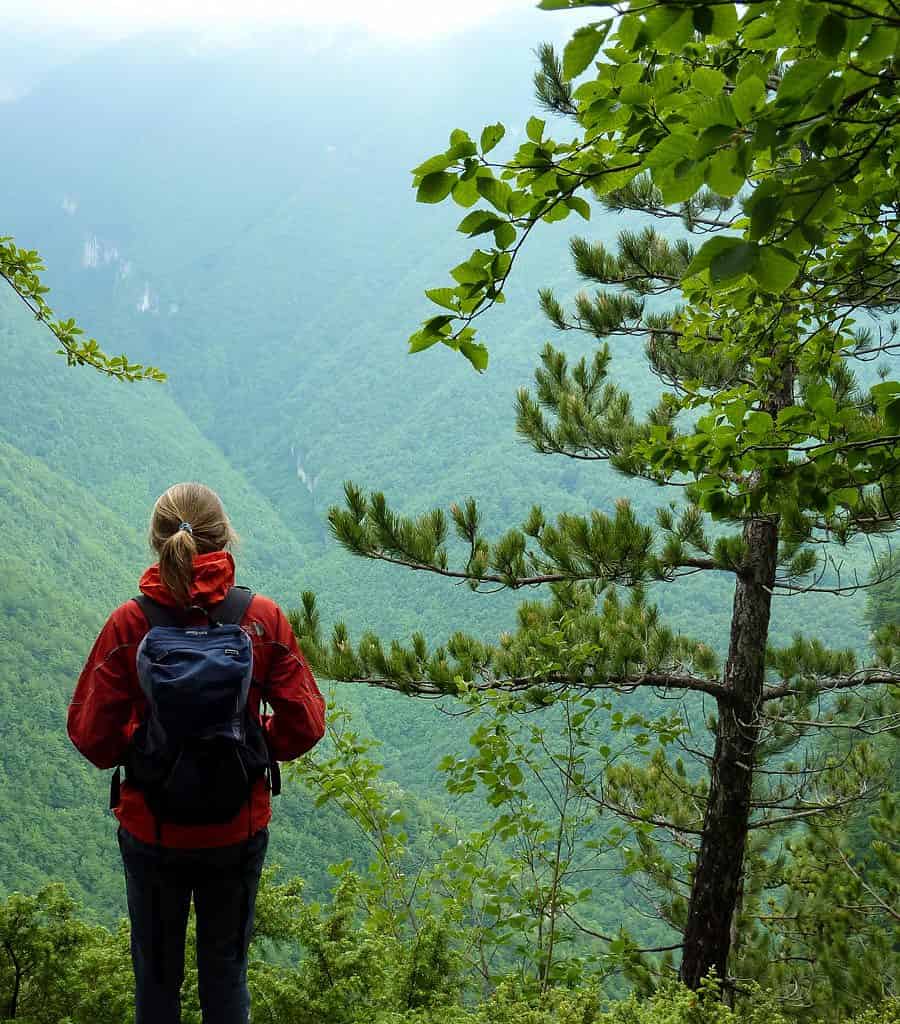Wilderness is beautiful
In the embrace of wilderness, beauty unfolds in untouched landscapes and untamed wonders. This enchanting realm, unaltered by human hands, reveals the raw essence of nature. From majestic mountain peaks to extensive wetlands, each element contributes to a canvas of unspoiled beauty.
Join us on a journey to explore the intrinsic charm of the wilderness, where every sunrise and hidden trail tells a story of the captivating allure that defines its unparalleled beauty.

The human mind and wilderness
The human mind finds beauty in the wilderness because it’s a pure, untouched masterpiece of nature. The open landscapes, untouched by human hands, and the harmony of wildlife create a sense of awe and connection. The human today mind finds beauty in the wilderness as a primal connection to nature’s unblemished wonders.
In exploring why, the wilderness captivates us, we delve into the innate desire for simplicity, the allure of an untamed landscape, and the deep intoxication that draws our minds to perceive the wilderness as a unique expression of beauty.
In the wilderness, our minds find simplicity and tranquillity, tapping into an innate appreciation for unspoiled beauty. The wilderness becomes a haven where nature’s wonders unfold, and the human spirit resonates with the raw and untamed allure of the natural world.

Changed attitude to the wilderness
For centuries, people saw the wilderness as a challenging and dangerous place, only as a background for survival. However, there has been a shift in recent decades. As our lives became more intertwined with urban ones, the wilderness came to symbolize the unspoiled beauty of spontaneous natural processes.
Now we long to get to know the untouched landscape and find solace in its simplicity. This change reflects our evolving relationship with nature, where former survival is now intertwined with a newfound appreciation for the raw, untamed beauty that the wilderness creates—a beauty we have come to recognize and appreciate.
From fear to admiration
For countless millennia, people have viewed the wilderness with apprehension—a realm of danger filled with wild creatures, insects, and the absence of trails and roads. It was a place to avoid, a difficult place to survive. In recent decades, however, there has been a transformation. Perception has changed from fear to admiration, seeing the wilderness not only as a place of natural danger, but also as a canvas of unparalleled beauty.
This change reflects a growing understanding of the need for protection and coexistence. With increased knowledge about responsible behaviour, the wilderness has become a destination that is popular for its pristine landscape, biodiversity and spontaneous processes. It offers instruction, inspiration and a reconnection with untouched nature. The evolving attitude signals recognition of the fine balance between respecting the risks of being in the wilderness and appreciating its intrinsic beauty.
Conclusion
Wilderness captivates with its raw beauty, an endless spectrum of nature’s wonders. From towering trees to meandering rivers, from deep wetlands to florish meadows, in every moment it paints a breathtaking landscape. The untamed, unaltered wilderness possesses a unique charm, where each leaf, each creature, tells a story of nature’s artistry.
The symphony of birdsong, the rustle of leaves, and the scent of the untouched earth add to its allure. Wilderness beauty lies not just in its grand vistas but in the subtleties – a dew-kissed spiderweb, a hidden flower. It’s a sanctuary for the soul, inviting us to marvel at the simplicity and complexity of the natural world, reminding us that true beauty often lies in the unspoiled wilderness.









